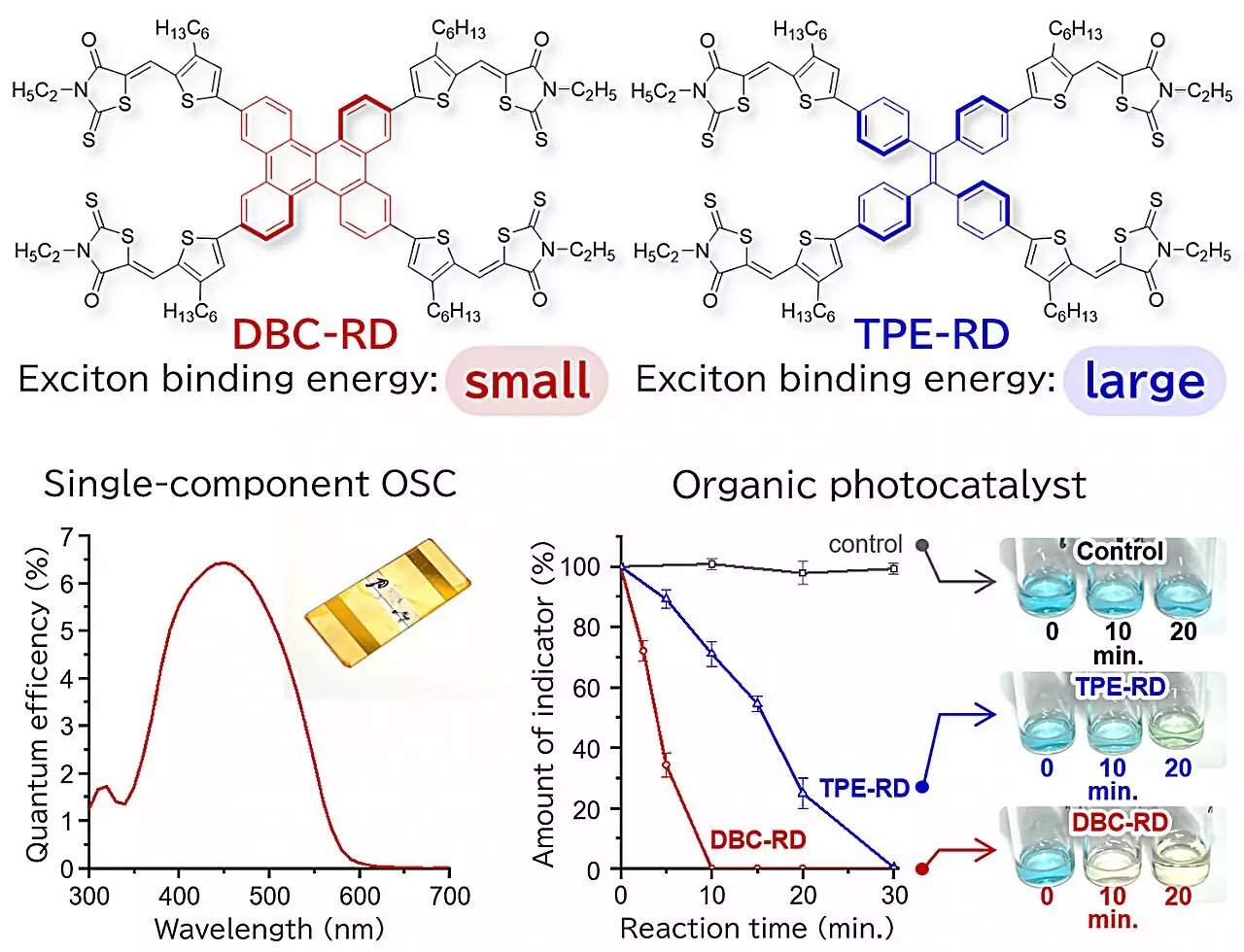The transition to renewable energy sources is paramount for a sustainable future, and solar energy stands out as a significant player in this movement. By efficiently harnessing sunlight, we can significantly reduce our reliance on fossil fuels, diminish greenhouse gas emissions, and promote environmental preservation. A critical component of this solar revolution is the development of optoelectronic devices, specifically solar cells that convert sunlight directly into electricity. The quest for maximum efficiency in these devices is ongoing, with recent advancements highlighting the role of molecular design in improving performance.
In a groundbreaking study led by researchers at Osaka University, a novel approach to optimizing organic solar cells has been unveiled. The team discovered that the stacking configuration of light-absorbing molecules significantly influences their efficiency at generating electric current. By focusing on how these organic molecules aggregate, the research not only sheds light on existing performance challenges but also opens new avenues for the design of highly efficient solar technologies.
Central to the operation of solar cells is the concept of exciton-binding energy, which denotes the energy required to split excitons into free-charge carriers capable of generating an electric current. A lower exciton-binding energy facilitates this process, enhancing the overall efficiency of the device. However, achieving low exciton-binding energy in solid materials has proved to be a complex task. The Osaka research team explored this by synthesizing two star-shaped molecules, each designed with different structural rigidity—one possessing a flexible center and the other a rigid one.
The distinct behavior of these molecules when organized into solid films became a pivotal element of the study. In solution, the molecules exhibited similar properties, but the rigid molecule demonstrated a significant advantage in solid form, stacking more effectively like plates. This structural composition directly correlated with a drop in exciton-binding energy. Consequently, the rigid molecule showcased a dramatic increase in the generation of free-charge carriers, which is crucial for enhancing solar cell performance.
The findings from this study herald a potential breakthrough in the design of next-generation optoelectronic devices. By focusing on the aggregation of molecules, researchers can create organic solar cells and photocatalysts with substantially improved efficiencies. The positive results from solar cells constructed from the rigid molecules not only underscore the importance of molecular architecture but also pave the way for further research into material properties that boost performance.
As the world accelerates its efforts towards sustainable energy solutions, the research conducted by Osaka University exemplifies the critical intersection of chemistry and engineering in solar technology advancement. By manipulating molecular structure to optimize exciton-binding energy, we step closer to achieving efficient, eco-friendly energy systems that can significantly impact our future energy landscape. The potential for further innovations in this area could very well determine the accessibility and effectiveness of solar power in a future that prioritizes environmental sustainability.

